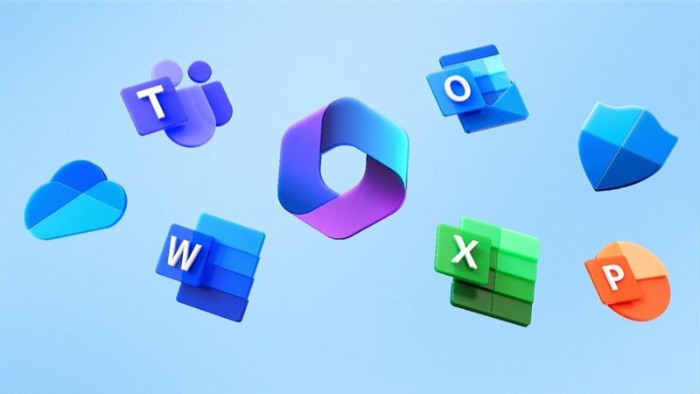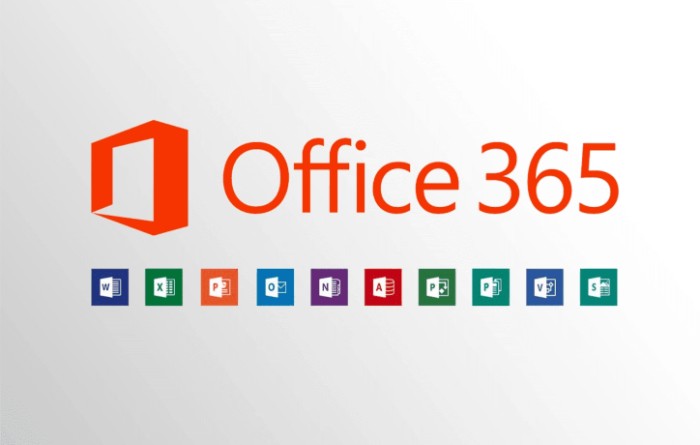10 Office 365 Admin Tasks: Tips, Roles, and Essential Tasks

Being an Office 365 Administrator involves managing various aspects of the platform to ensure smooth operation and security. Below are ten essential tasks that every Office 365 Admin should be familiar with:
1. Backup – One of the Basic Office 365 Admin Tasks
- Regular Backups: Ensure that all data, including emails, files, and other critical information, is regularly backed up to prevent data loss.
- Third-Party Solutions: Consider using third-party backup solutions for more comprehensive and flexible backup options.
2. Start with the Microsoft Office 365 Admin Center
- Familiarize Yourself: Get to know the Admin Center interface where you can manage users, groups, licenses, and settings.
- Customization: Customize the Admin Center to fit your specific needs and streamline your workflow.
3. Maintain User Management
- Add/Remove Users: Create new user accounts and remove inactive ones to keep your user base up to date.
- Assign Licenses: Ensure that users have the appropriate licenses for the services they need.
4. Add Shared Contacts
- Global Address List (GAL): Add shared contacts to the GAL to make them accessible to all users within the organization.
- External Contacts: Include important external contacts for easy access by all team members.

5. Add Shared Mailboxes
- Team Collaboration: Create shared mailboxes for departments or projects to facilitate team collaboration.
- Access Management: Assign appropriate permissions to users who need access to shared mailboxes.
6. Manage Services & Add-ins
- Enable/Disable Services: Manage the availability of various Office 365 services and add-ins based on your organization’s requirements.
- Configuration: Configure add-ins to enhance functionality and improve user experience.
7. Check the Reports
- Usage Reports: Regularly review usage reports to monitor how Office 365 services are being used within your organization.
- Security Reports: Analyze security reports to detect and respond to potential threats.
8. Master the Admin Centers
- Specialized Admin Centers: Get familiar with specialized admin centers for Exchange, SharePoint, Teams, and other services to manage them more effectively.
- Advanced Settings: Use these centers to access advanced settings and configurations for each service.

10 Office 365 Admin Tasks: Tips, Roles, and Essential Tasks
9. Ensure Safe Sharing
- Sharing Policies: Implement and enforce policies for sharing files and information to ensure data security.
- External Sharing: Control how and with whom your users can share files externally.
10. Set Up a Strong Password Policy
- Password Requirements: Enforce strong password requirements to enhance account security.
- Regular Changes: Require users to change their passwords regularly and use multi-factor authentication (MFA) for additional security.
Frequently Asked Questions
Q: What are the key roles in Office 365 Administration?
- Global Administrator: Has access to all administrative features in the Office 365 suite.
- Billing Administrator: Manages subscriptions, purchases, and support tickets.
- User Management Administrator: Manages user accounts and groups.
- Service Administrator: Manages service-specific settings like Exchange, SharePoint, and Teams.
Q: How often should backups be performed?
- Regularly: Ideally, perform backups daily to ensure data integrity and minimize data loss.
Q: Can shared mailboxes be accessed on mobile devices?
- Yes: Shared mailboxes can be accessed via the Outlook app on mobile devices, provided the user has the necessary permissions.
By following these essential tasks and tips, Office 365 Administrators can effectively manage their environment, ensuring smooth operation and robust security for their organization.


